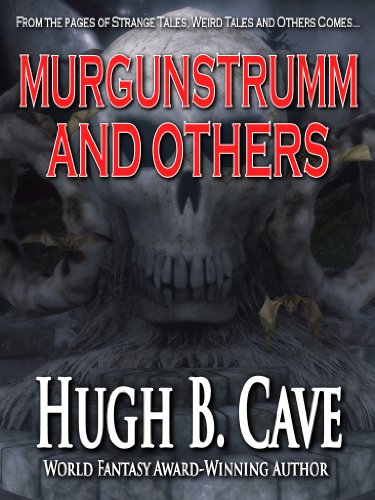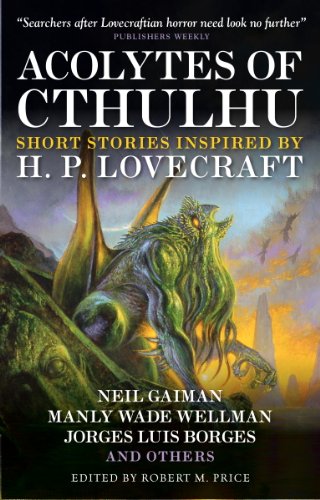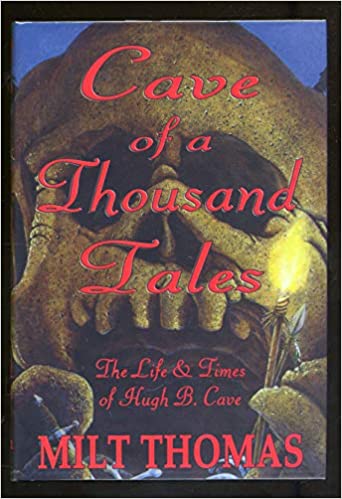
Hugh B. CaveLong before he became the author of polished romances for the slick magazines, of best-seller novels and firsthand-researched travel books, Hugh B. Cave wrote some of the most grisly and chilling horror stories ever to appear in the pulps. He also corresponded briefly with H. P. Lovecraft, and made use of Lovecraft's terminology in a small number of stories. |
|
 |
Murgunstrumm and Others (Kindle ebook)Crawling forth from the Depression years, Murgunstrumm and Others abounds with haunted houses, ravenous vampires, slobbering monsters, fiends human and inhuman, nights dark and stormy, corpses fresh and rotting. These stories exemplify the gothic horror thrillers of the 1930s — no-holds-barred lurid chillers of violent action and scream-in-the-night terror. Like a vintage horror movie, Murgunstrumm and Others is an experience to be savoured best on a stormy, lonely night. Includes two tales connected to the Cthulhu Mythos: The Death Watch, The Island of Dark Magic. |
 |
Acolytes of CthulhuThe softcover and Kindle ebook versions of this anthology include the tale From the Pits of Elder Blasphemy, which is credited to Hugh B. Cave and Robert M. Price. It appears to have been published after Cave's death, and it seems likely that Price finished a story fragment by Cave. The story is set in Haiti, where a voodoo cult serves as a front for the worship of deadlier and more alien Old Ones. Cave's firsthand experiences with voodoo lend an unusual verisimilitude to the narrative. Note that the story does not appear in the original hardover version of this anthology, as published by Fedogan & Bremer. |
 |
Cave of a Thousand Tales: The Life & Times of Hugh B. CaveIn this valentine to his subject, business writer Thomas improves upon Audrey Parente's earlier, episodic Cave bio, Pulpman's Odyssey (1988), offering a more rounded portrait of the personal and professional life of living legend Hugh B. Cave. Still active at age 94, Cave has published more than 1,000 works of fiction across nine decades. In the 1920s and '30s, the heyday of the pulp magazines, he achieved renown as a fiction factory who could turn out memorable stories speedily for virtually any genre, though weird tales and crime thrillers were his specialty. During WWII, he wrote nonfiction books on war themes that were so well reviewed the Navy helped keep him from the draft. He was one of the few pulpsters to successfully migrate to The Saturday Evening Post and other slick magazines. Where possible Thomas lets Cave tell the story himself, in verbatim passages that reveal Cave to be an engaging conversationalist who can make penny-a-word pulpsmithing and 18-hour days at the typewriter seem exciting. The book shows Cave to be a dedicated and diligent writer whose hard work ethic and irrepressible imagination has enriched the reading experiences of several generations of readers. |
Cthulhu Files Bookstore ContentsCthulhu Files Home PageCopyright 2021-2025, Joseph F. Morales |
